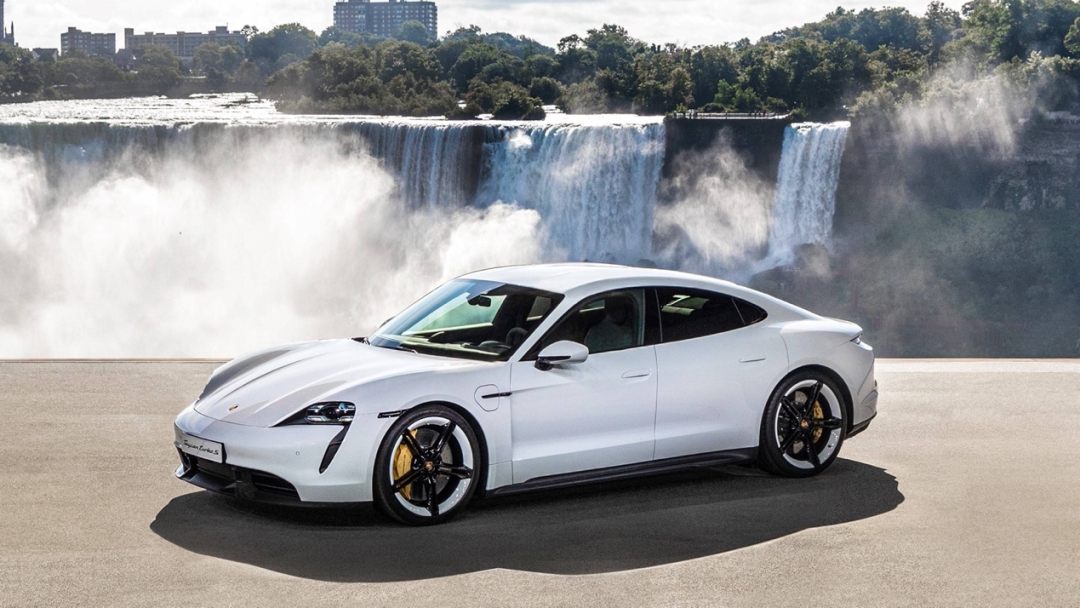*This article is reproduced from the autocarweekly public account
Author: Joey
Is there only one way for electric vehicles to go, which is intelligent driving? The answer may not be certain.
Regarding which route pure electric vehicles should take, it obviously still requires time to verify. In the past, almost all electric vehicle brands chose the route of intelligent auxiliary driving in order to distinguish their products from traditional internal combustion engine cars.
In fact, this route has become the ultimate direction for the development of electric vehicles, which is indeed very hopeful. Because pure electric vehicles do have advantages in response time and control accuracy for autonomous driving instructions compared with traditional fossil fuel vehicles. But thinking about it, if all driving in the future is left to the car to execute, and people completely give up the pursuit of driving pleasure, it seems quite boring.
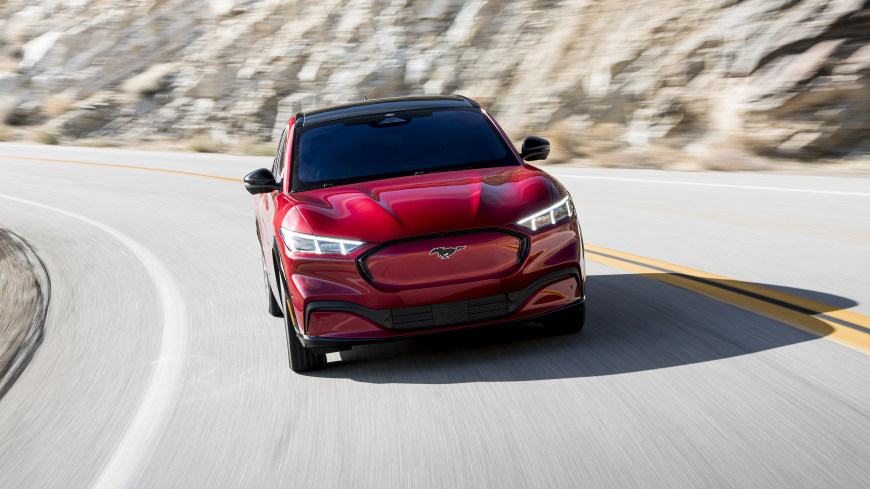
Therefore, there will also be some manufacturers who, based on such appeals, produce products that are more tailored to performance gasoline cars. For example, the well-known Porsche Taycan; and the Ford Mustang Mach-E, which just went on sale this year and has been highly praised; of course, this team also includes the pure electric brand born out of Volvo’s performance car – Polestar.
Not long ago, I experienced the driving feeling of an electric vehicle that takes the performance route through driving the Polestar 2 model at the Zhejiang International Circuit located in Shaoxing. In fact, when the pure electric vehicle exerts its full power on the track, the sense of exhaustion caused by gravity, pressure, and muscle resistance is almost no different from that of internal combustion engine cars.
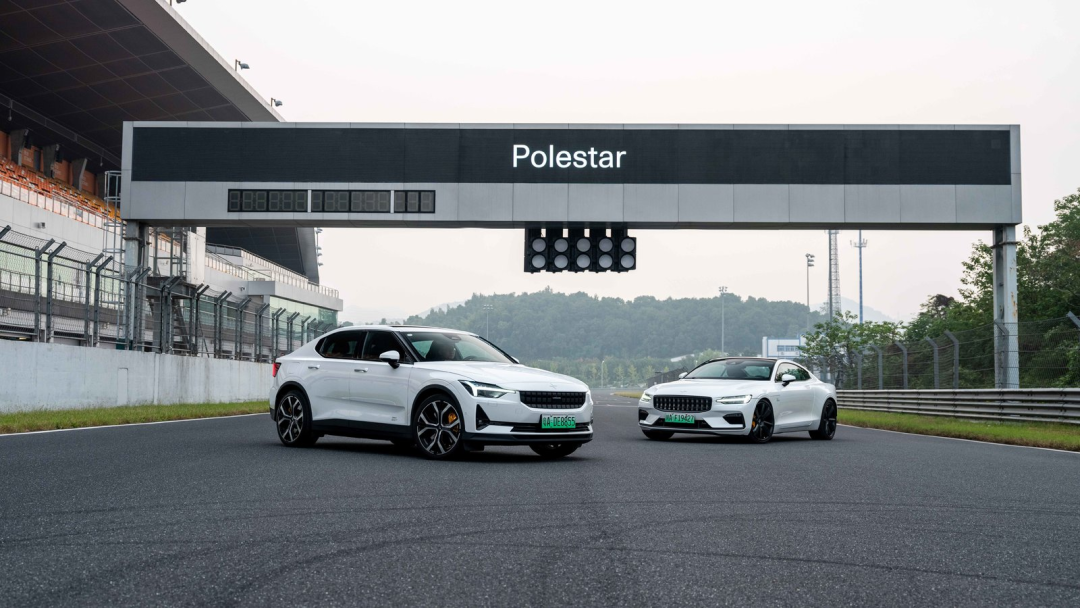
Now you may ask, almost all pure electric vehicles are promoting performance, and super-strong starting performance has already become a label for pure electric vehicles. Are these performance experiences the same as what Polestar brings you? What are the things that need to be achieved to realize such a performance experience?
Barriers to Pure Electric Vehicles for Performance
First of all, it needs to be clarified that the way that pure electric vehicles achieve performance is actually very different from that of traditional internal combustion engine cars. This difference in the eyes of many people comes from the daily driving process and the anxiety about battery life. After all, just like fuel-efficient cars consume more fuel when driven faster, electric vehicles also consume more power when driven faster. But on the track, the challenges faced by pure electric vehicles that take the performance route are much more complex than the small problem of battery life anxiety.
First, it is the issue of whether electric vehicles are suitable for high-speed driving. It is well known that electric vehicles do not have a gearbox, and there is only one gear for forward movement. The advantage of this is to avoid the loss of vehicle power during transmission (after all, the thermal efficiency of the engine is not high, and the power loss in transmission is a bottleneck that is difficult to overcome).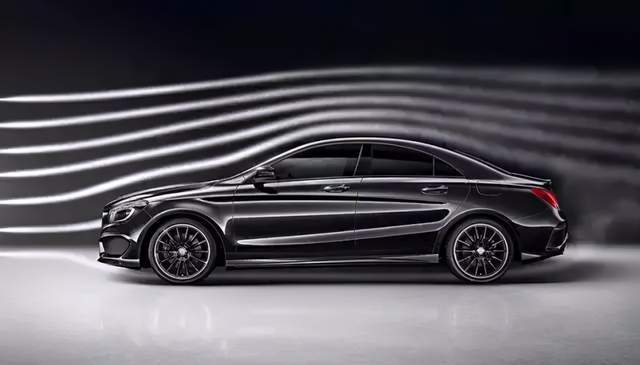
However, full power output also presents a problem, namely that the higher speed of the vehicle will result in an exponential increase in wind resistance encountered (at 120 km/h, the wind resistance coefficient is four times that at 60 km/h). To overcome this resistance, electric cars will continue to increase their power output.
The unavoidable consequences of this are increased power consumption and reduced driving range. Even more importantly, when the electric motor is put under the huge load of having to overcome wind resistance, it will produce excessive heat which can limit power output or even cause the motor to overheat. Clearly, this represents a significant power bottleneck that electric cars are finding hard to overcome.
This bottleneck is not just limited to contending with the “war” between power and wind resistance. As the power source for electric vehicles comes from batteries mounted horizontally on the vehicle chassis, it is inevitable that an electric vehicle will weigh considerably more than a fuel-driven vehicle. As a result, the combination of inertia created by aggressive actions such as hard acceleration, heavy braking, and attacking corners combined with the weight of the battery will put huge stresses on the vehicle.
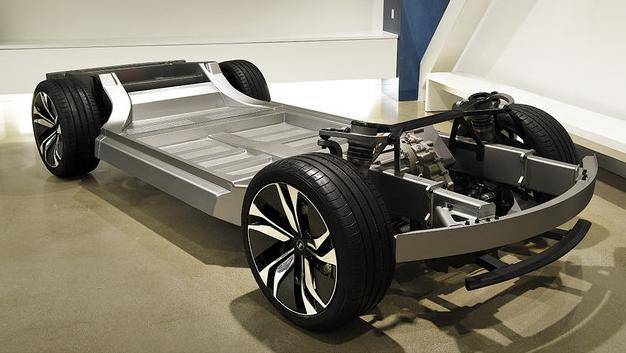
These stresses are focused on two main components of the vehicle: the brakes and the tyres. Frequently accelerating and braking, changing the vehicle’s driving state, will cause these two components to overheat rapidly, resulting in brake failure or loss of traction for the tyres, ultimately leading to a rather ignominious exit from the track.
These are the most real bottlenecks that pure electric vehicles may encounter on the race track.
Leveraging Advantages + Tailored Products = Strong Performance
Everything has its pros and cons. Although all the intrinsic elements are different from those of performance cars in the gasoline era, Polestar, which evolved from Volvo’s performance car department, clearly has its own set of solutions. Polestar achieves superior performance for its electric cars by magnifying their characteristics and working with partner manufacturers to develop customized products to address potential issues encountered on the road to improved performance. For example, the powerful motor is not just used to solve the performance problem of accelerating the vehicle, but also to enable the vehicle to overcome wind resistance at high speed on straight sections of the road.
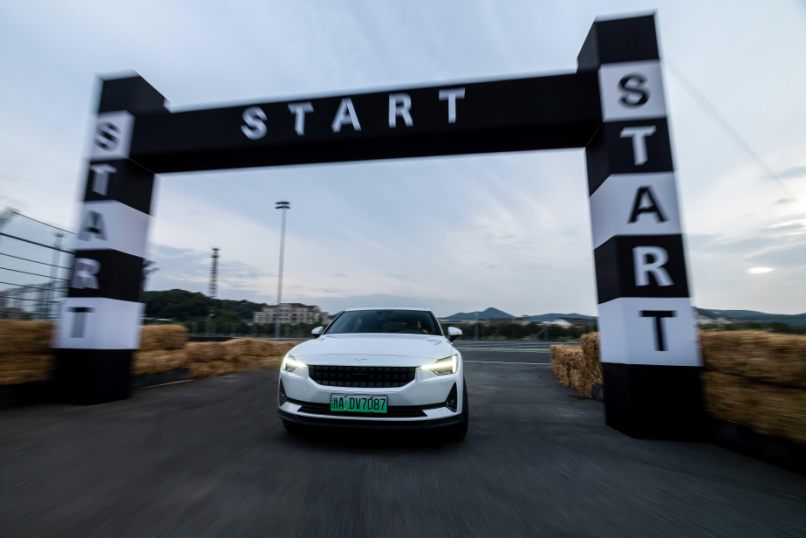
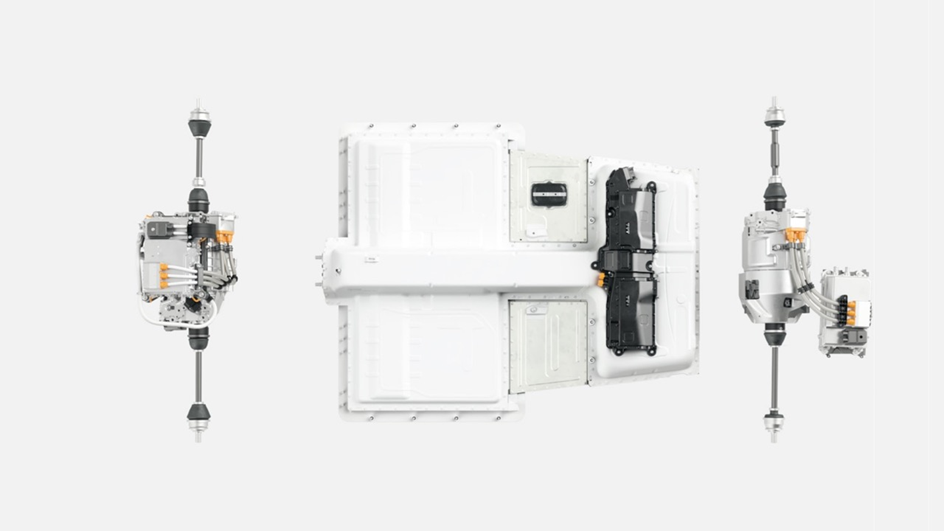 Therefore, Polestar equipped the Polestar 2 with dual permanent magnet synchronous motors, front and rear, providing a maximum power of 300 kW (408 hp) and a peak torque of 660 Nm. This power can bring 0-100 km/h acceleration performance in 4.7 seconds, and with stronger power performance, the vehicle will not lose power during straight-line acceleration due to overcoming wind resistance.
Therefore, Polestar equipped the Polestar 2 with dual permanent magnet synchronous motors, front and rear, providing a maximum power of 300 kW (408 hp) and a peak torque of 660 Nm. This power can bring 0-100 km/h acceleration performance in 4.7 seconds, and with stronger power performance, the vehicle will not lose power during straight-line acceleration due to overcoming wind resistance.
In the face of the weight problem of power batteries that cannot be solved, Polestar has chosen to seek a solution by making the best use of its advantages and avoiding its disadvantages. By using more reasonable layout and adding weight to the battery, Polestar 2 has achieved a 50:50 weight distribution ratio between the front and rear of the vehicle. In the era of internal combustion engines, this front and rear weight ratio was sought after by all performance cars, and today it is easier to achieve due to the characteristics of battery weight.
Meanwhile, after seamless integration between the high-rigidity battery compartment and the chassis, the Polestar 2 model has increased the strength of the chassis and further improved the vehicle’s torsional stiffness. With a lower chassis and a lower center of gravity, the vehicle can have better directional control when entering a turn, as well as superior rear traction brought by the balanced weight distribution.
Of course, in order to make the most of these advantages, the drawbacks that come along with them must also be overcome. In the face of the heavy load that the weight of the vehicle imposes on the brake system and tires, Polestar has chosen a customized solution.
Therefore, on the Polestar 2 model, you can find the 4-piston front brake caliper jointly designed and developed by Polestar and the famous Italian brake system manufacturer Brembo. The aluminum brake calipers made by integral forging can reduce the weight of the vehicle by 7-8 kg. At the same time, this set of calipers can also reduce the residual drag torque during the deceleration process. In addition, the 375*35 mm ventilated perforated brake discs can better dissipate heat.
Likewise, on the tires, Polestar 2 also uses custom-made sportContact™ 6 (SC6) tires from Pirelli. The tire formula used by this tire can make the tire surface softer, thereby increasing the contact area with the ground and improving the vehicle’s grip.The SportContact™ tires, together with Brembo brake calipers, can overcome the negative effects of thermal decay on a car’s braking performance during racing, resulting in better braking performance and allowing drivers to confidently attack every corner without worrying about losing control.
Of course, during this process, no one will obviously discuss the battery life and range as the most important factors.
Undoubtedly, in addition to carrying people and cargo and serving as a means of transportation, cars have an important feature of providing exhilarating driving pleasure since their inception. Perhaps in the era of smart electric vehicles, such pleasure will inevitably be lost to us. However, currently, some stubborn manufacturers are still trying to preserve it with their own technology and passion for speed.
Therefore, if you want to continue to retain such a strong and intoxicating driving experience in the already rapidly approaching electric vehicle era, be sure to try the Polestar 2.
It will bring you surprises!
This article is a translation by ChatGPT of a Chinese report from 42HOW. If you have any questions about it, please email bd@42how.com.
